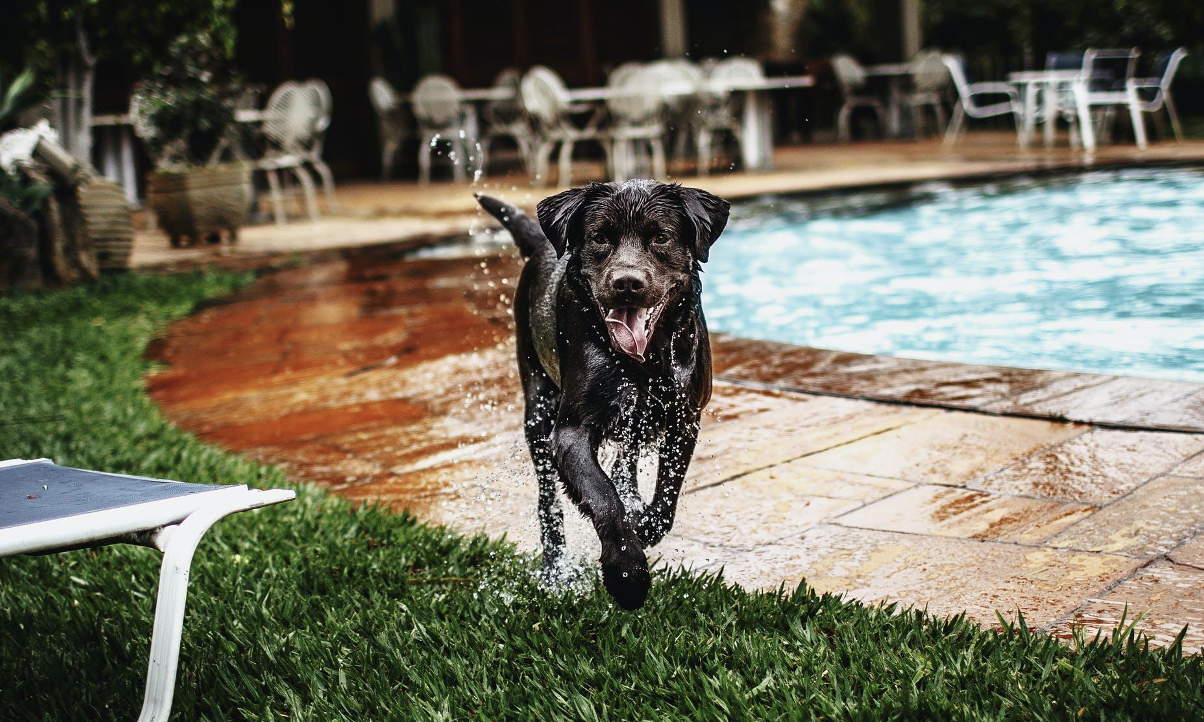Do you know how to exercise a dog with osteoarthritis?
When your canine companion reaches eight years of age, it already has an 80% chance of developing osteoarthritis (OA).
Thus, managing OA is something many dog owners will have to do at some point in their fur babies’ lives, but it’s still possible (and important!) to help our pets get regular, low-impact exercise.
What Is Canine Osteoarthritis?
Osteoarthritis is the most common joint illness diagnosed in veterinary medicine. The condition poses considerable challenges to dogs.
Common Symptoms of OA Among Dogs:
- Limping
- Inactivity stiffness
- Lameness in legs
- Losing muscle mass
- Difficulty getting up
- Reduced willingness to jump up and down
- Aggression
- Exercise intolerance
- Postural shifting
- Repeatedly licking the affected area
- Other signs of pain
If you’re not always at home, you may find it beneficial to install security cameras in your dog’s area to monitor its condition. You can share the video with your vet to help with their diagnosis.
Tips in Exercising a Dog With OA
If your fur baby is diagnosed with OA, it doesn’t mean all the fun activities you once enjoyed are over. It may sound contradictory, but your arthritic dog needs the right amount of exercise to be in shape.
It is reported that small but frequent exercise is essential for arthritic dogs. Lack of physical activity can be detrimental to your canine’s general health.
Consult Your Vet First
If you suspect that your fur baby may have OA, schedule an appointment with your vet. Each dog is unique, and your vet will help you develop a management plan suited for your canine companion.
Treatments may vary depending on what part of your dog’s body is affected and how severe OA is.
There are many management options available. There’s surgery, physical therapy, exercise routines, and alternative pain medication that your vet may discuss with you after your dog’s physical examination.
Introduce New Exercise Routines Slowly
A sudden burst of activity may cause added stress and injury to your fur baby. So make sure to introduce a new exercise routine slowly.
Your dog may also be particularly stiff when getting up. If that’s the case, start the routine with a low-impact walk to help its joints move.
Try Low-Impact Exercises
Aside from walking your fur baby at a nearby park or around your neighborhood, there are plenty of low-impact activities you can enjoy together. Below are some examples:
Short Hikes can be great way to exercise a dog with osteoarthritis
Try finding a level trail that doesn’t have much of an incline. Start with a few short hikes, but make sure to observe your dog as you do it.
If your fur baby doesn’t show any signs of discomfort afterward, then do it again some other time.
Indoor Games and Activities
Indoor activities are one way to keep your fur baby entertained while managing its mobility. You may play hide and seek with your dog or use interactive toys to keep it active. Make sure to give your fur baby a treat after such an activity.
Swimming
Swimming is a form of exercise that has a low impact on joints. Based on a study, dogs with OA that swim two to three times a week for 56 days can improve their hip and joint range of motion by 5%.
Conclusion
It’s heartbreaking to see your canine companion in pain. However, just because your dog has OA doesn’t mean it can’t be active again. Always work closely with your veterinarian to manage your dog’s OA pain and talk to them before starting any new exercise program, medication, or supplement.
References
Clinical validity of outcome pain measures in naturally occurring canine osteoarthritis
https://bmcvetres.biomedcentral.com/articles/10.1186/1746-6148-8-162
Prevalence, duration and risk factors for appendicular osteoarthritis in a UK dog population under primary veterinary care
https://www.ncbi.nlm.nih.gov/pmc/articles/PMC5884849/
Could it be osteoarthritis? How dog owners and veterinary surgeons describe identifying canine osteoarthritis in a general practice setting
https://www.ncbi.nlm.nih.gov/pmc/articles/PMC7755036/
Effect of Swimming on Clinical Functional Parameters and Serum Biomarkers in Healthy and Osteoarthritic Dogs
https://www.ncbi.nlm.nih.gov/pmc/articles/PMC4060742/

